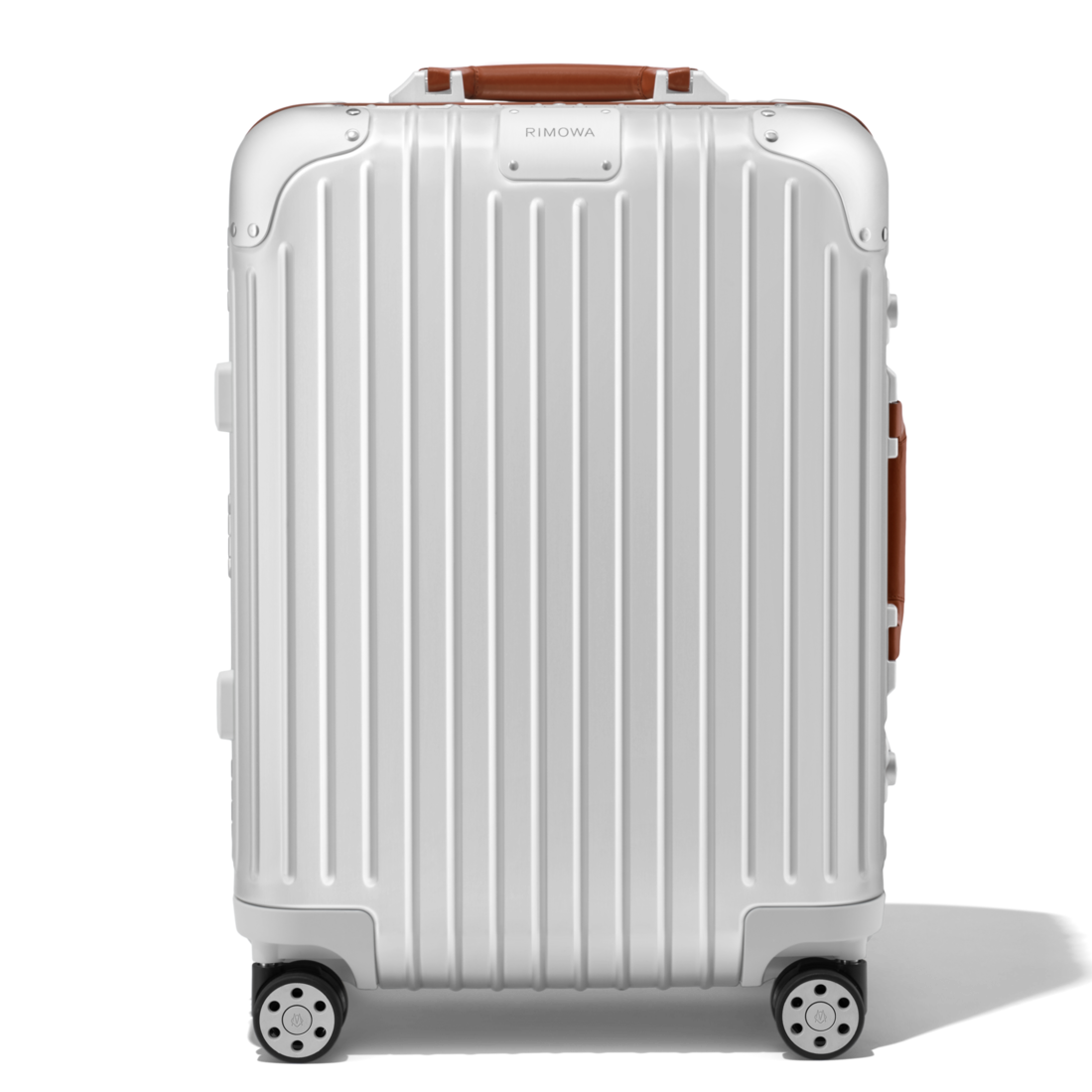Carry On Pro Suitcase with Laptop Pocket | July®️
This signature Carry On with a detachable SnapSleeve™ laptop compartment. Coupled with the ejectable battery, this case is perfect for the tech-savvy traveller.
- 42L in volume
- Ejectable battery with USB and FastCharge USB-C
- SnapSleeve™ in toughened Poly with leather finishes and Fidlock technology
- Crush-proof German polycarbonate shell
- 20-height multi-stop telescopic handle
- Integrated TSA lock
- Hidden laundry bag
- July Twin-Strap compression system
- SilentMove™ wheels
- Lifetime warranty, 100 day trial with free returns, and free shipping across US and Canada.
SnapSleeve™
A detachable sleeve with a padded 16″ laptop compartment, space for documents and other personals, and a zipped outside pocket for smaller items.
It’s fast and easy to access, and extremely secure. To take off the sleeve, you unzip from the top and click out by pulling the internal tab.
Pop your suitcase in the boot or in overhead while your laptop snaps off and comes with you. Need to get somewhere on foot quickly? Snap your sleeve on and run to where you need to go with a coffee in your hand.
Fidlock Snap
Designed to hold up to 60kg of weight, this German magnet technology is used in a suitcase for the first time.
Four Fidlocks give strong holding to your precious items, locking in with a subtle ‘click’.
Snap on and snap off in seconds. You’ll wonder how you ever had a suitcase without it.
you’ve never seen.
on the road.
Our SnapSleeve™ is made from 1000D ribbed fabric that’s scratch-proof and resistant to water and dirt. The case itself is 100% aerospace-grade German polycarbonate and embodies our unique curved eggshell design thatminimizes
damage andoptimizes
function.
Additional information
| External dimensions including wheels | 21.5" H x 15" W x 8.5" D |
|---|---|
| Internal dimensions excluding wheels | 20" H x 14.5" W x 8.5" D |
| Capacity | 42L |
| Weight | 7.9 lb (3.6kg) |






by Jone
It is very well designed and thought out. Only issue is the accessibility for when you go through security and have to bring out your liquids
by Anne
as expected from online shop, arrived in good time, quality product.
by Ana
The carry on is great quality! Better than expected! The size is perfect and fits so much! The wheels are fantastic and rolls great.
by Kenneth
The carryon was great, the compression strap helped but was a bit difficult to tighten. I think a bit more can be done with the laptop sleeve. I use a 16” MacBook for work and it was a tight fit. I like the idea but I imagined that there would be a bit more padding or protection for the laptop.
by Isabel
I’ve used this bag for a at least 5 business trips already. Works great and fits a ton. Definitely recommend.